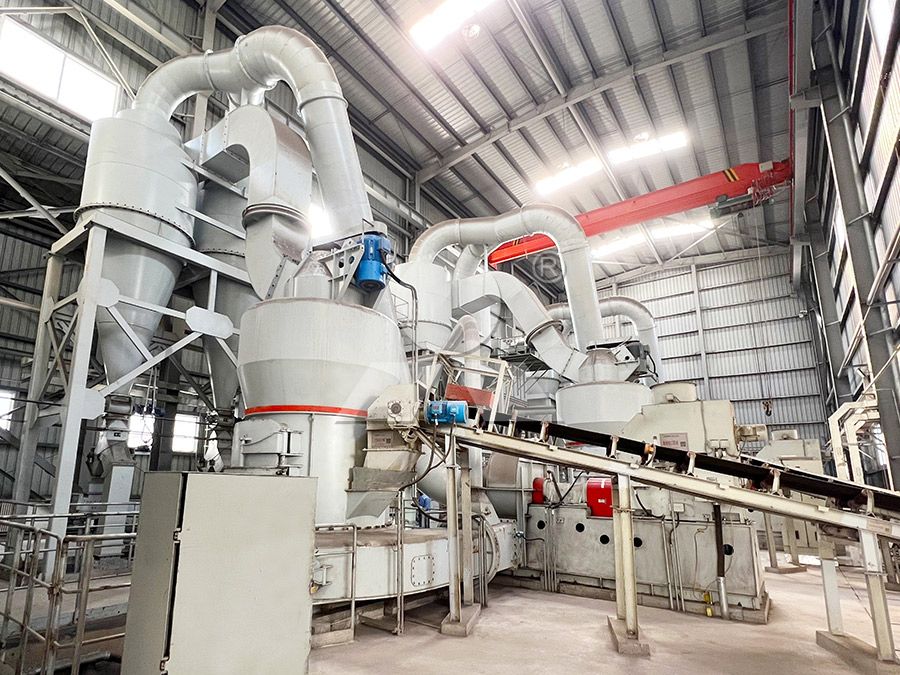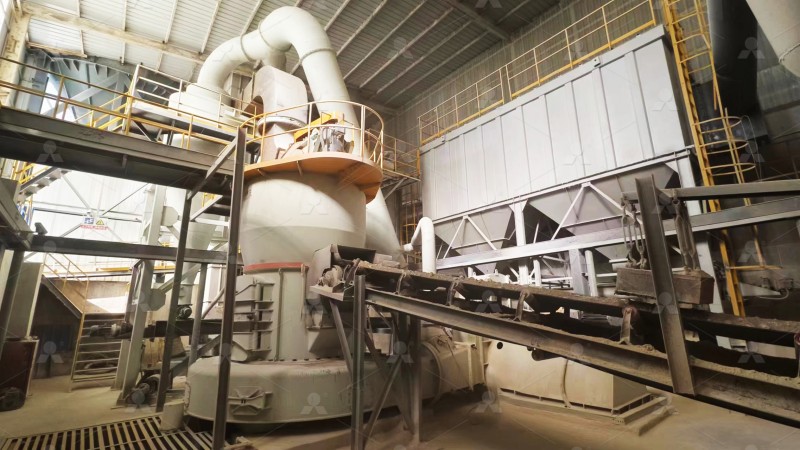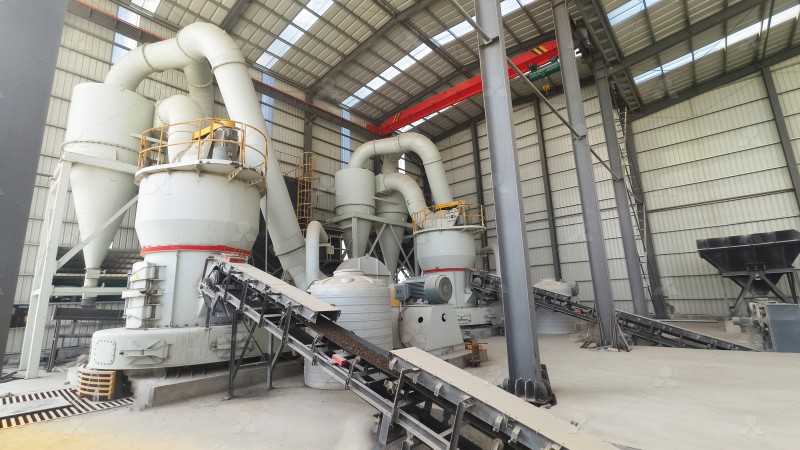Raymond Mill Startup Sequence and Key Operational Procedures
Raymond Mill Startup Sequence and Key Operational Procedures
Proper startup procedures are critical for maximizing Raymond Mill performance and longevity. Following a systematic approach ensures operational safety, prevents equipment damage, and maintains consistent product quality throughout your grinding operations.
Pre-Startup Inspection Checklist
Before initiating any startup sequence, conduct a thorough visual inspection. Verify that all access doors are securely closed and check for any residual material in the grinding chamber. Inspect the grinding roller and ring for wear or damage, and ensure the blade system is properly aligned. Confirm that lubrication levels meet manufacturer specifications across all bearings and gear systems. Check tension on drive belts and inspect electrical connections for integrity.

Verify that the product collection system—including cyclones and bag filters—is properly connected and functional. Ensure all safety guards are in place and emergency stop systems are operational. This comprehensive inspection typically requires 15-20 minutes but can prevent hours of unexpected downtime.
Systematic Startup Sequence
Begin by starting the product collection system, including the dust collector and exhaust fan. Allow these systems to reach operational parameters before introducing any material. Next, activate the main drive motor while ensuring the mill is running empty. Listen for unusual noises or vibrations that might indicate mechanical issues.
Once the mill operates smoothly, start the feeder system at its minimum setting. Gradually introduce material into the grinding chamber, monitoring amperage draws on the main motor to prevent overload conditions. Slowly increase feed rates until reaching optimal operating parameters, typically over 10-15 minutes.
Operational Monitoring and Adjustments
During operation, consistently monitor several key parameters: main motor amperage, grinding pressure, product fineness, and system temperature. Fluctuations in amperage may indicate feeding issues or mechanical problems. Regular sampling and analysis of product fineness ensures quality consistency.

For operations requiring higher precision and efficiency, consider upgrading to our MW Ultrafine Grinding Mill. With an input size of 0-20 mm and capacity ranging from 0.5-25 tph, this advanced system features higher yielding with lower energy consumption. The innovative design eliminates rolling bearings and screws in the grinding chamber, significantly reducing maintenance concerns while providing adjustable fineness between 325-2500 meshes.
Shutdown Protocol
Proper shutdown begins with gradually reducing the feed rate to empty the grinding chamber. Continue operating the mill for 3-5 minutes after material flow ceases to ensure complete clearance. Shut down the main motor first, followed by collection systems after a 2-3 minute purge cycle.
For operations requiring even greater precision, our LUM Ultrafine Vertical Grinding Mill offers exceptional performance with input sizes of 0-10 mm and capacities of 5-18 tph. Its double position-limiting technology ensures stable operation, while the reversible structure simplifies maintenance procedures.
Routine Maintenance Considerations
Establish a regular maintenance schedule focusing on wear components. Grinding rolls and rings typically require inspection every 500-800 operating hours, with replacement depending on material abrasiveness. Lubrication systems should be checked weekly, with oil changes following manufacturer recommendations.

Keep detailed records of maintenance activities, operational parameters, and production outputs. This data helps predict component lifecycles and optimize preventive maintenance schedules.
Frequently Asked Questions
What is the typical warm-up time for a Raymond Mill?
Most systems require 10-15 minutes of empty operation before introducing material. This allows bearings to reach proper operating temperature and ensures stable operation.
How often should grinding elements be replaced?
Replacement intervals vary based on material abrasiveness, but generally range from 1,000 to 2,000 operating hours. Monitor product fineness and motor amperage for signs of wear.
Can the mill handle moist materials?
Standard Raymond Mills work best with materials containing less than 6% moisture. For higher moisture content, consider systems with integrated drying capabilities.
What causes excessive vibration during operation?
Common causes include uneven feeding, worn grinding elements, improper balance, or bearing issues. Immediately reduce feed rate and investigate the source.
How can I improve product fineness consistency?
Ensure consistent feed rate, maintain proper grinding pressure, and regularly inspect classifier settings. Our MW Ultrafine Grinding Mill’s advanced powder selector technology provides superior fineness control.
